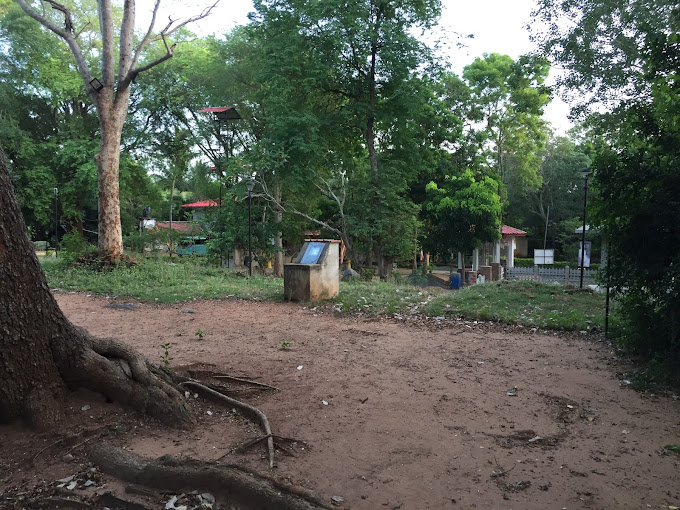- Area: Sri Lanka
- Type: Attractions
- Group: 250-210 BC Buddhism Viharaya
Kutumbala Rajamaha Viharaya in Yatiyallathota in Buttala is an ancient temple scatted with ruins of the ancient civilization in Rohana.
The history of this temple goes back to the period of King Devanampiyatissa (250-210 BC). The second queen of King Devanampiyatissa had been scheming to kill the heir apparent, sub-king Mahanaga to make way for her son to be throned as the next king. One day the queen send a basket full of poisoned mangos to Mahanaga who was at a construction site. The son of the queen was too with Mahanaga, helping in the construction. The son of the second queen was the first to eat the mangoes and the poison killed him instead of Mahanaga. Mahanaga fearing a State Conspiracy to kill him, left to Rohana along with his wife who was pregnant at the time. While passing Yatalapura (Yatiyallathota today) in Buttala, the wife gave birth to a son who was named Yatalatissa. Mahanaga became the ruler of Ruhuna and Prince Yatalatissa is said to have built this temple in remembrance of his birth and his family.
Mahanaga was the first ruler of Ruhuna and Yatalatissa took over the sub-kingdom from his father. His son was Gotabaya and Gotabaya’s son was Kavanthissa whose sons were Prince Gemunu and Saddhatissa.
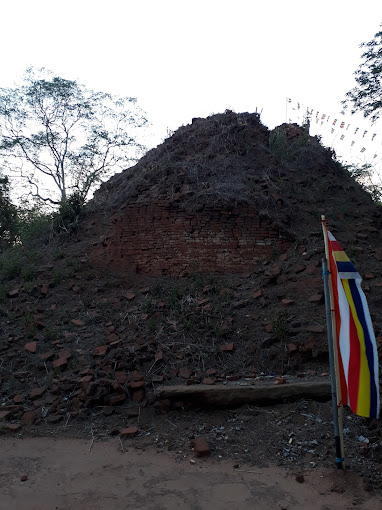
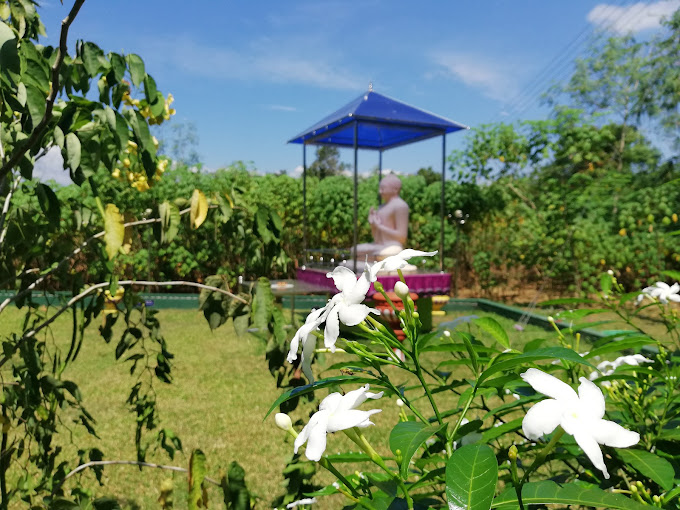
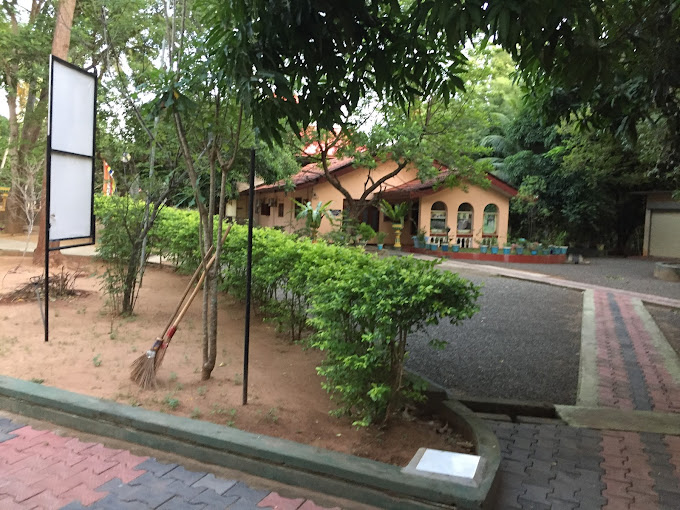


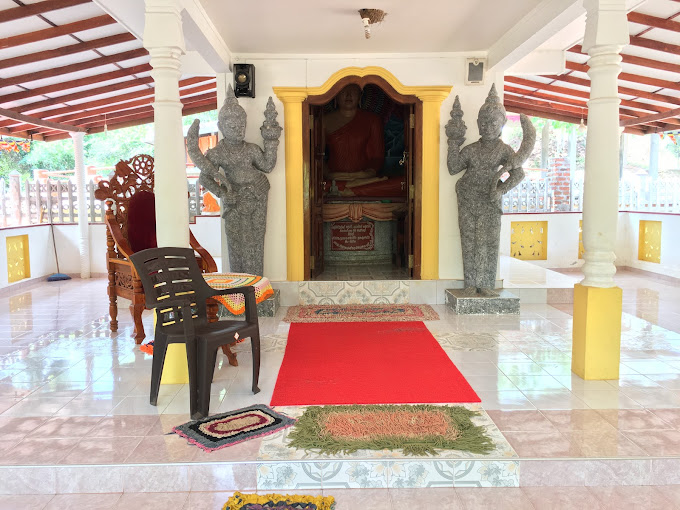
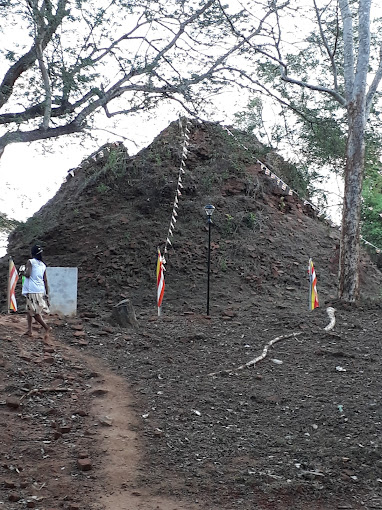


The temple is hidden deep inside Buttala on the Sella Kataragama road. The temple contains ruins of two stupas out of which one is a considerably large stupa that has not been conserved but cleared of debris and trees. The stupa is about 10 meters in diameter. The current height of the ruins is about 8 meters. A pit has been dug at the center of the stupa by treasure hunters.
In addition to these two stupas, you will find a large number of various granite artifacts scattered around the temple area.
About 1 km before this temple lies the Yatiyallathota Archaeological Reserve. Here you will find a conserved Padanagara, a large pond, the base of a Tampita viharaya, and remains of other buildings conserved by the Department of Archaeology. These ruins and the Kutumbala Viharaya might have been part of a larger monastic complex in the past.

